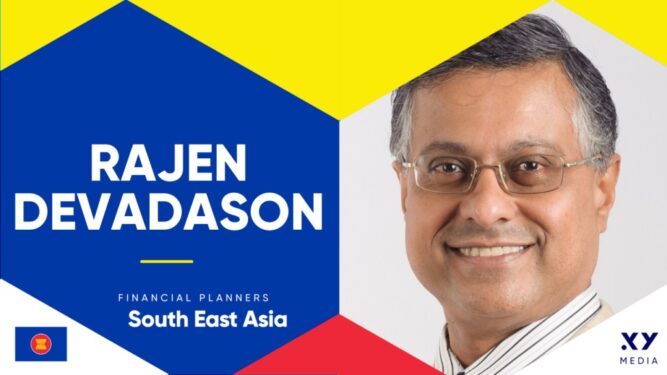IF you’re young enough to consider retirement a very distant goal with no bearing on your current life, do accept my parallel congratulations and commiserations!
I congratulate you on having oodles of time on your side to potentially build a successful life marked by financial vigour and professional significance.
Yet I also commiserate with you on the high probability that you will let the decades whiz by without nurturing personal economic vigour or true vocational significance.
As that vast vista called TOMORROW stretches forth in front of you, do you suspect you might be teetering between prospective long-term success and heart wrenching eventual failure? If so, you’re not alone.
Most of us don’t know on any given day whether we’re heading on an upward tilt toward one of life’s major pinnacles or downward into an abyss of crushing failure. Uncertainty is part and parcel of life on Earth – just ask the innocent, suffering Ukrainians in the face of vile Russian aggression.
Thankfully, within our safer, tiny corner of Southeast Asia and from a focused financial planning perspective, we can harness two metrics within our control to boost our probability of succeeding in life. They are:
- Raising the amount of Active Income (AI) each day, week, month or year that we earn by the sweat of our brow and the application of our intellect; and
- Curtailing the cumulative Operational Expenses (OE) line item in our written budget that accounts for our lifestyle-linked outlays.
It might strike you as a little odd that this article on retirement planning and funding fixates on those two non-investment-related quantities. After all, the fundamental reasons for investing are for us to grow our money faster than inflation and taxes can erode its future purchasing power.
But if you mull on this, you’ll realise we can’t invest if we don’t first save … money. And the only way to save money is to spend less than we earn and to consistently set aside those cash flow surpluses.
Well, the first part of generating such surpluses is earning as much as we can by working diligently while building up stores of intellectual and social capital to raise that quantum from year to year and decade to decade.
The second part is to reduce our lifestyle expenses by proactively opting to forego immediate gratification and, instead, to embrace the enriching discipline of delayed gratification.
Doing both activities simultaneously will ratchet up our monthly cash flow surpluses, which may then be channelled toward debt eradication, saving, and investing.
The concept is simple. Putting it into practice, though, severely challenges most of us.
Life’s winners succeed in doing so; life’s losers don’t. – May 1, 2022
Rajen Devadason, CFP, is a licensed financial planner with Manulife Investment Management (M) Bhd and CEO of RD WealthCreation Sdn Bhd.
The views expressed are solely of the author and do not necessarily reflect those of Focus Malaysia










